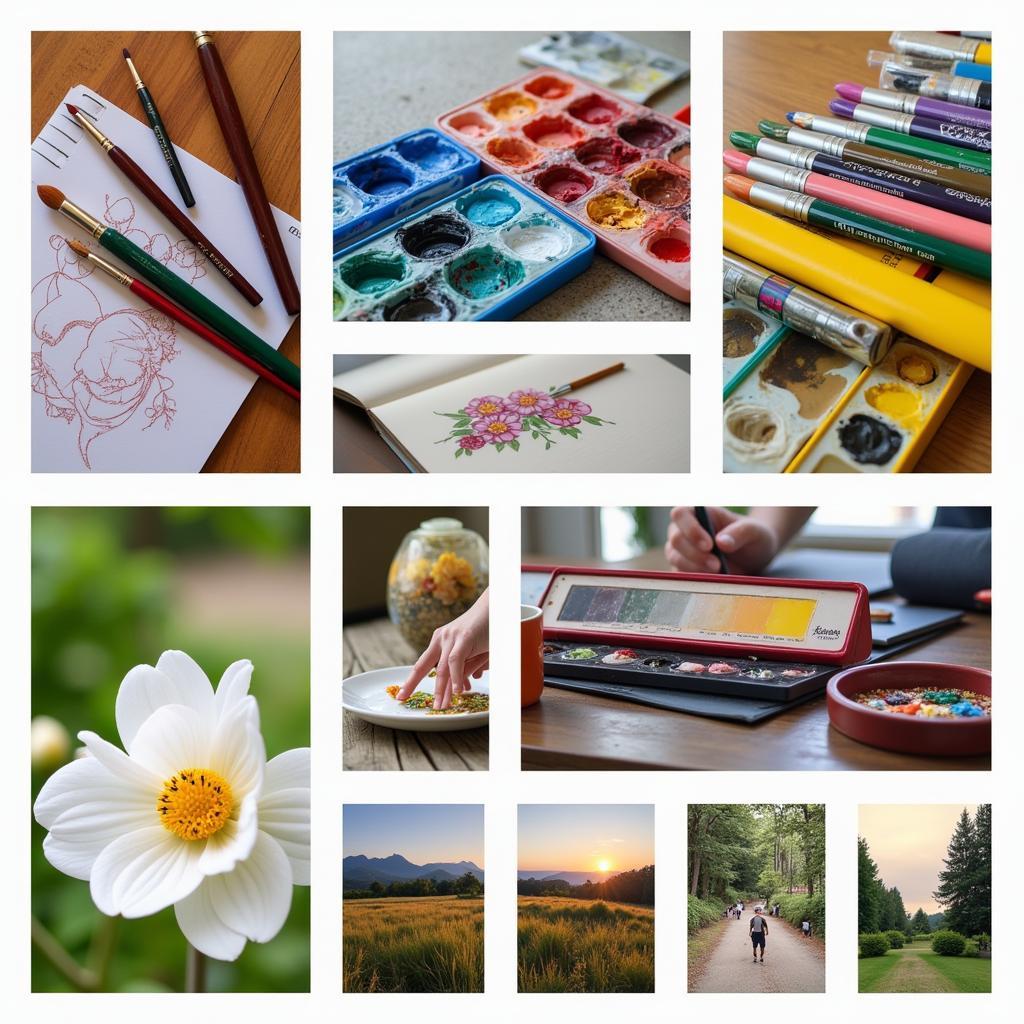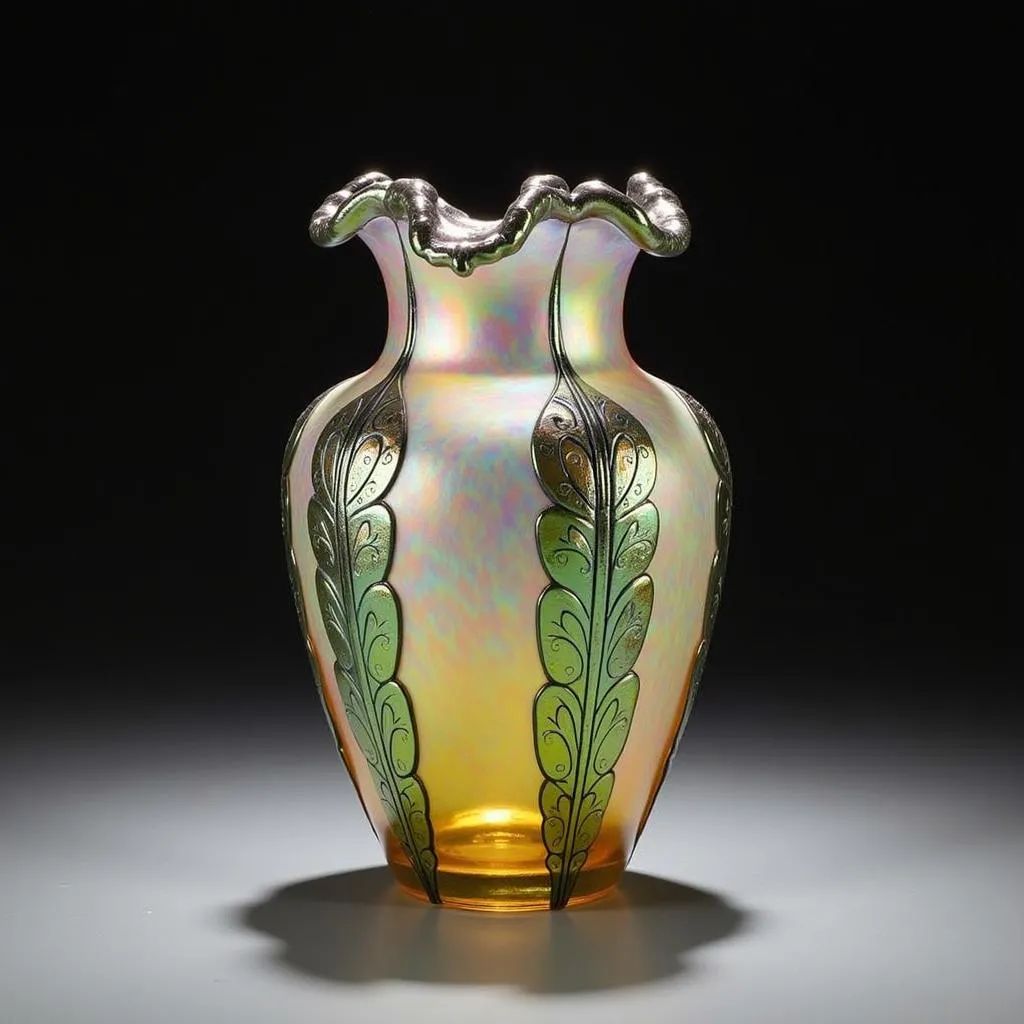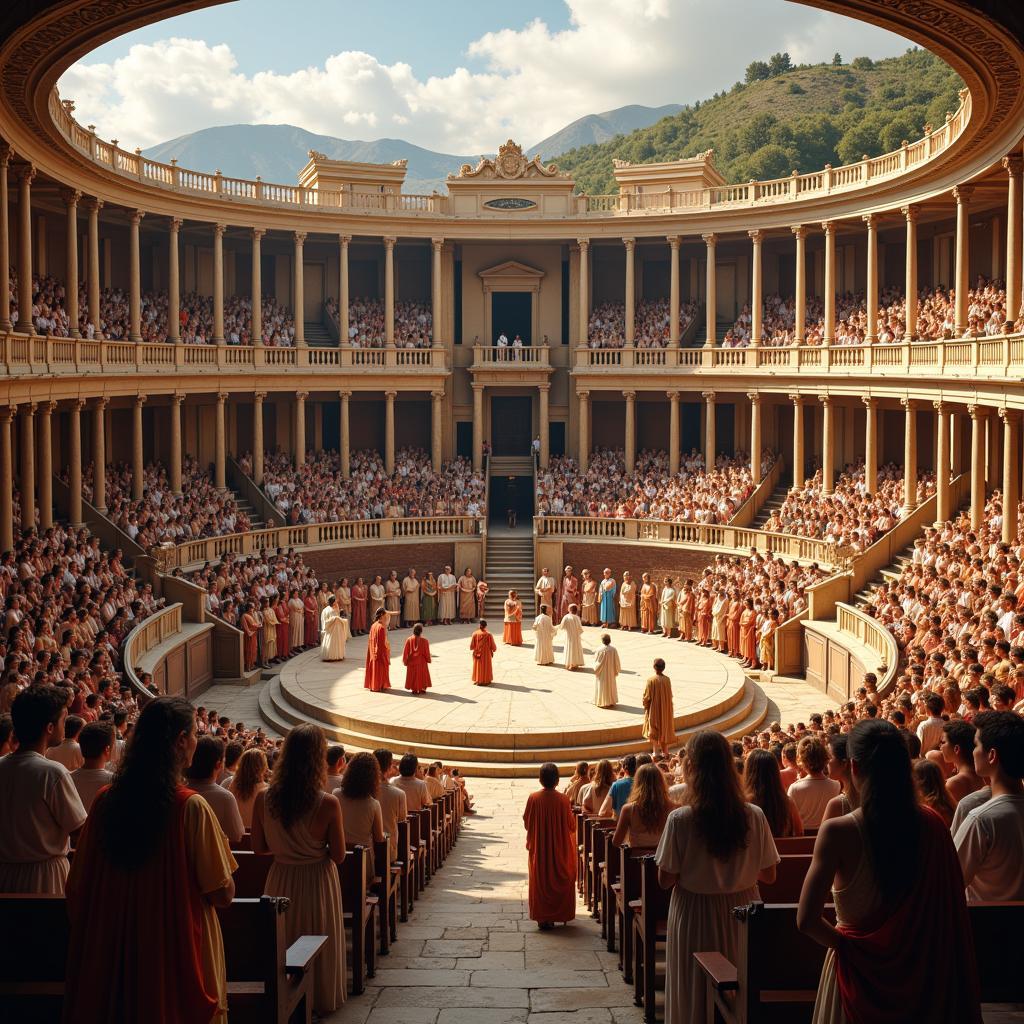Exploring Traditional Day of the Dead Art
Traditional Day Of The Dead Art is a vibrant and symbolic expression of Mexican culture, honoring deceased loved ones. It’s a fascinating blend of pre-Hispanic traditions and Catholic beliefs, resulting in a unique celebration of life and death. This art form, deeply rooted in Mexican heritage, goes beyond mere decoration; it’s a powerful way to remember and connect with those who have passed away. Let’s delve into the rich history and symbolism of this captivating art form.
The Rich History of Day of the Dead Art
The origins of traditional Day of the Dead art can be traced back to the indigenous cultures of Mesoamerica, centuries before the arrival of the Spanish. These cultures, including the Aztecs, believed that death was a natural part of life’s cycle. They celebrated their ancestors with rituals and offerings, often incorporating vibrant imagery and symbolism. With the arrival of Spanish colonialism, the indigenous traditions blended with Catholic practices, resulting in the Day of the Dead as we know it today. This fusion created a rich tapestry of artistic expression that continues to evolve.
Skeletons, or calaveras, are central figures in Day of the Dead art. Unlike Western cultures where skeletons often evoke fear, they are seen as playful and celebratory representations of life after death in Mexican tradition. These skeletons are often depicted dressed in vibrant clothing, engaged in everyday activities, or playing musical instruments.
After this insightful look into history, you might be interested in creating your own Day of the Dead-inspired artwork. Check out these Mexican art stencils.
Key Symbols and Their Meanings
Traditional Day of the Dead art is rich in symbolism. Each element carries a specific meaning, adding layers of depth and significance to the artwork. Understanding these symbols provides a deeper appreciation for the celebration and its cultural roots.
- Marigolds (Cempasúchil): These bright orange flowers are believed to guide the spirits of the deceased back to their families with their vibrant color and strong scent. They are a ubiquitous presence in Day of the Dead decorations.
- Sugar Skulls: These decorative skulls, often adorned with intricate designs and vibrant colors, represent the souls of the departed. They are a sweet reminder of the sweetness of life and the celebration of those who are no longer with us.
- Ofrendas (Altars): These are home altars created to welcome the spirits of loved ones. They are typically adorned with photos, favorite foods, candles, and other personal items of the deceased.
- Pan de Muerto (Bread of the Dead): This sweet bread, often decorated with bone-shaped designs, is a traditional offering placed on the ofrendas.
[Image-1|day-of-the-dead-ofrenda-with-sugar-skulls-and-marigolds|Day of the Dead Ofrenda|A vibrant Day of the Dead ofrenda, adorned with colorful sugar skulls, bright orange marigolds, flickering candles, and traditional Pan de Muerto. The image captures the essence of the celebration, showcasing the key symbols and their arrangement in a traditional home altar setting.]
Creating Your Own Traditional Day of the Dead Art
Traditional Day of the Dead art offers a unique creative outlet. Whether you’re a seasoned artist or just starting, exploring this art form can be a rewarding experience. There are various techniques and mediums you can explore to create your own unique pieces.
Painting Sugar Skulls
Painting sugar skulls is a popular Day of the Dead art project. You can purchase pre-made sugar skulls or create your own using molds. Decorating them with vibrant icing, glitter, and other embellishments allows for personalized and meaningful expressions. For more inspiration and guidance, check out this sugar skull art project.
Paper Mache Skeletons
Creating paper mache skeletons is another fun and engaging activity, especially for families. This allows for a more three-dimensional approach to traditional Day of the Dead art, and you can customize the poses and expressions of your skeletons.
[Image-2|painting-traditional-day-of-the-dead-sugar-skulls|Painting Traditional Sugar Skulls|A close-up image of hands delicately painting intricate designs onto white sugar skulls using vibrant icing and small brushes. The colorful paints and focused expression of the artist highlight the creative process and attention to detail involved in this traditional Day of the Dead art form.]
Creating Ofrendas
Building a personal ofrenda is a meaningful way to honor deceased loved ones. You can personalize it with their photos, favorite foods, and items that represent their personality and passions.
“Creating an ofrenda is not just about decorating; it’s about creating a sacred space to connect with your ancestors,” says renowned Mexican art historian, Dr. Isabella Ramirez. “It’s a deeply personal and spiritual experience.”
[Image-3|mexican-day-of-the-dead-art-masks|Day of the Dead Masks|A display of intricately designed Day of the Dead masks, showcasing a variety of vibrant colors, patterns, and embellishments. The masks represent different characters and personalities associated with the celebration, reflecting the artistic diversity and cultural richness of this traditional art form.]
You might also consider exploring Mexican art masks for your ofrenda or as standalone art pieces.
“Traditional Day of the Dead art is a powerful reminder of the cyclical nature of life and death,” adds Maria Sanchez, a traditional artisan from Oaxaca. “It’s a celebration of life, a remembrance of those we’ve lost, and a connection to our heritage.”
Is Day of the Dead Art Only for Mexicans?
No, Day of the Dead art is appreciated and celebrated by people of various cultures around the world. While it originates from Mexico, its themes of remembrance and celebration of life resonate universally. Anyone can participate in creating and appreciating this art form. You might even find art poker cards featuring Day of the Dead imagery. Check out these art poker cards.
Conclusion
Traditional Day of the Dead art is a powerful and evocative expression of Mexican culture. It provides a unique lens through which to view life, death, and the enduring bonds of family. Exploring this art form, whether through creating your own pieces or appreciating the work of others, offers a profound connection to a rich and vibrant tradition.
FAQ
- What is the significance of the marigold in Day of the Dead art?
- What are some common symbols used in Day of the Dead art?
- How can I create my own sugar skull?
- What is the purpose of an ofrenda?
- What is Pan de Muerto and its significance?
- Is Day of the Dead a sad occasion?
- How is Day of the Dead celebrated outside of Mexico?
For further support, contact us at: Phone Number: 02462573573, Email: danteum@gmail.com Or visit us at: Savico Megamall, 7-9 Đ. Nguyễn Văn Linh, Gia Thụy, Long Biên, Hà Nội 10000, Việt Nam. We have a 24/7 customer service team.



